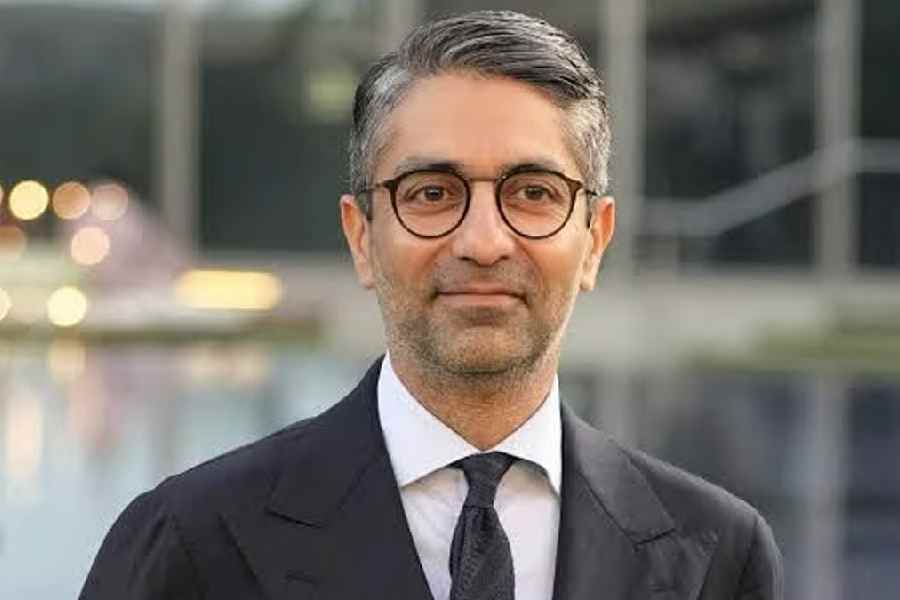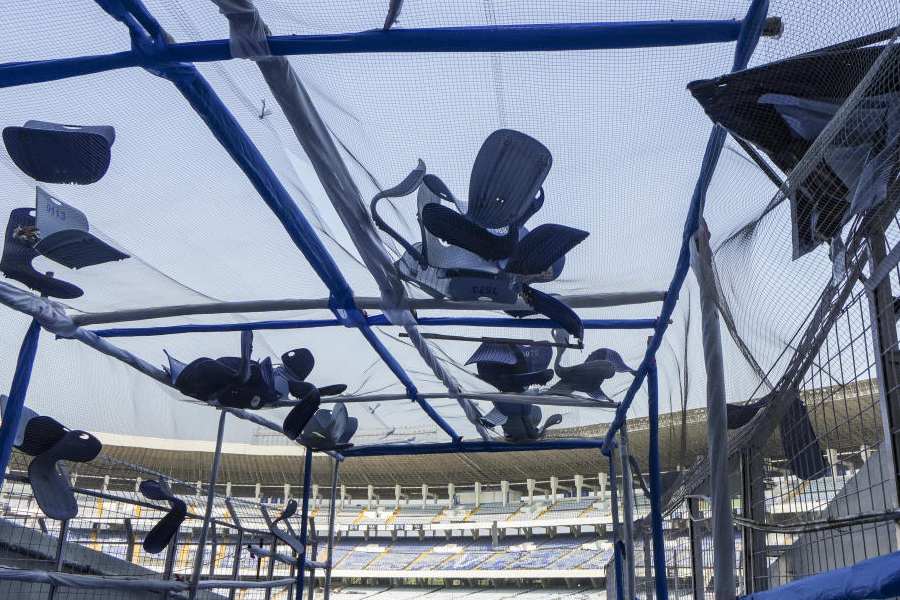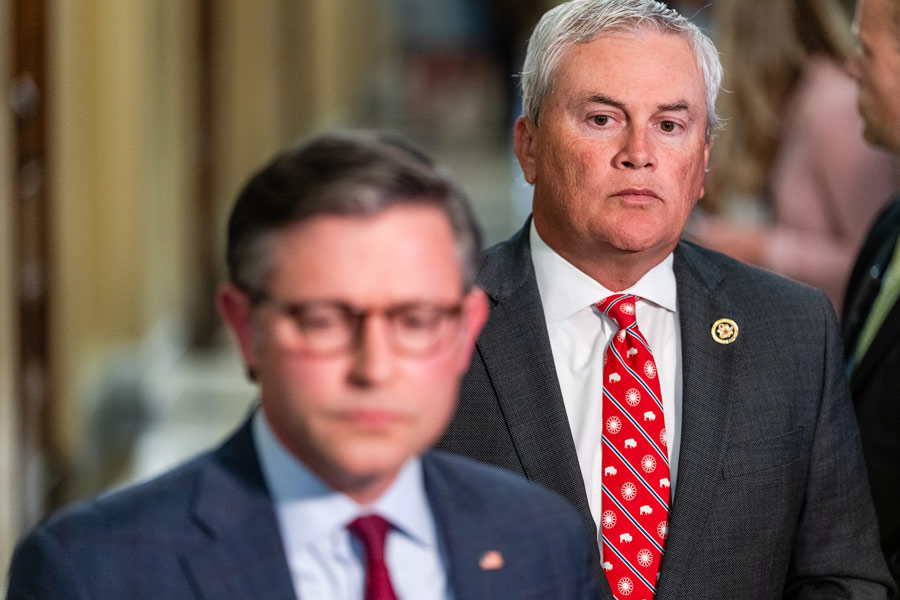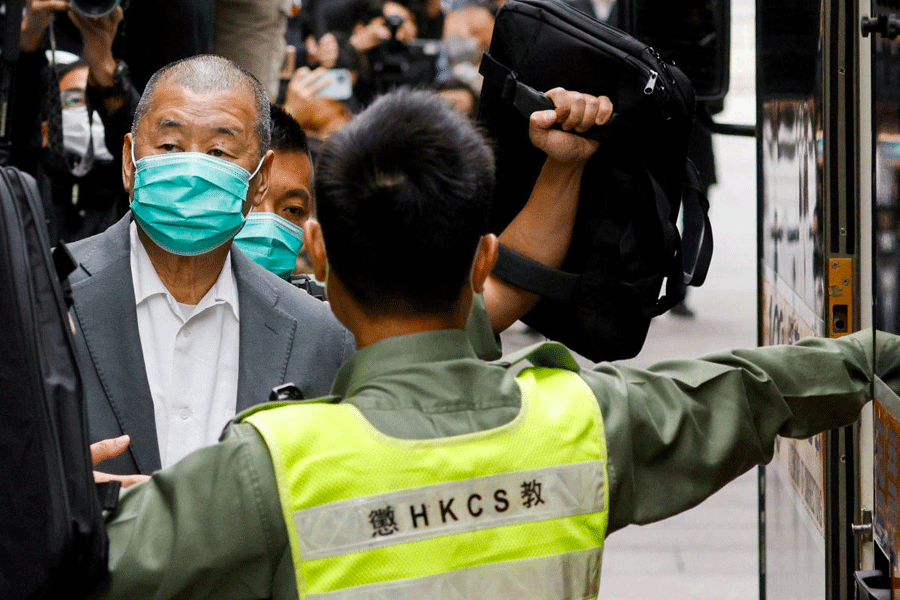Simultaneous elections were not unheard of. Until state assemblies began to be disbanded before their full term, general and state elections would coincide, although not by rule. This changed after 1967, although the advantages of simultaneous elections were considered later as well. But the Narendra Modi-led Bharatiya Janata Party had declared this as one of its goals, and now the Ram Nath Kovind Committee has recommended it. Among the chief advantages of the ‘one nation, one election’ system is the reduction of expenses, both of the government and of political parties. Administration, too, would suffer fewer interruptions if all elections, including municipal and panchayat polls, took place together, the latter almost so. The committee has recommended a two-stage process in 2029 by which this can be achieved. By reducing disruptions at work, the new schedule would ensure better productivity; development work would be smoother without repeated impositions of the model code of conduct. Voter fatigue could be eliminated, and turnout increased. The committee has suggested that the Election Commission of India calculate ahead the number of EVM and VVPAT machines needed for simultaneous elections so that there is a full supply on time.
But simultaneous polls cannot be achieved without amending the relevant constitutional provisions, which the committee has identified. The objections of the political parties opposing the recommendations — the Congress and the Trinamul Congress among them — allude indirectly to this necessity when they claim that ‘one nation, one election’ would destroy federalism and also work against democratic principles by first breaking up state assemblies before time and then fixing the term of each government. Besides, if a state government loses power mid-term, the next government elected would continue only till the sitting Lok Sabha concluded. But people need the full term to assess the elected representatives just as the latter need time to prove their worth. The overriding fear is that big national issues would overshadow regional and local ones, and smaller parties would become invisible. A 2015 survey showed that 77% of voters would vote for the same party in simultaneous elections, while 61% would do so if the polls were six months apart. The critics apprehend a thrust towards a presidential form of government; for them, saving on expenditure is no reason to destroy democratic and federal flexibility.










